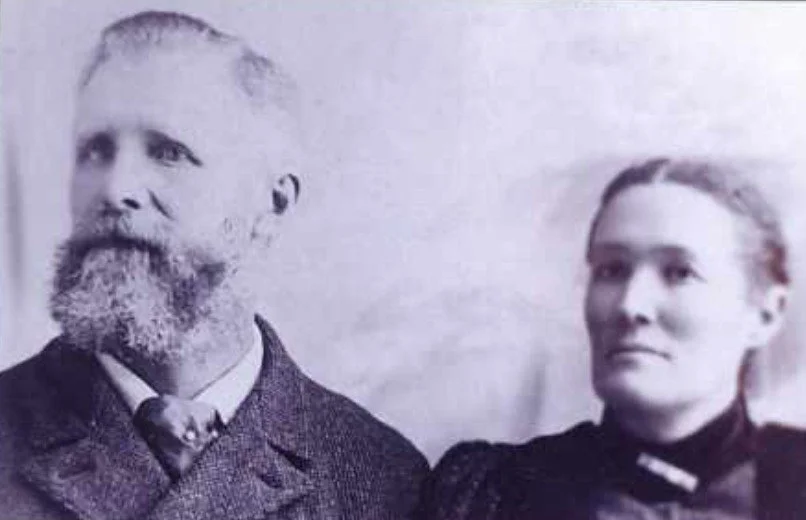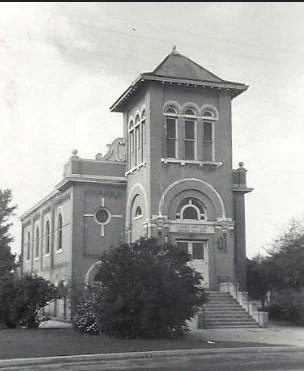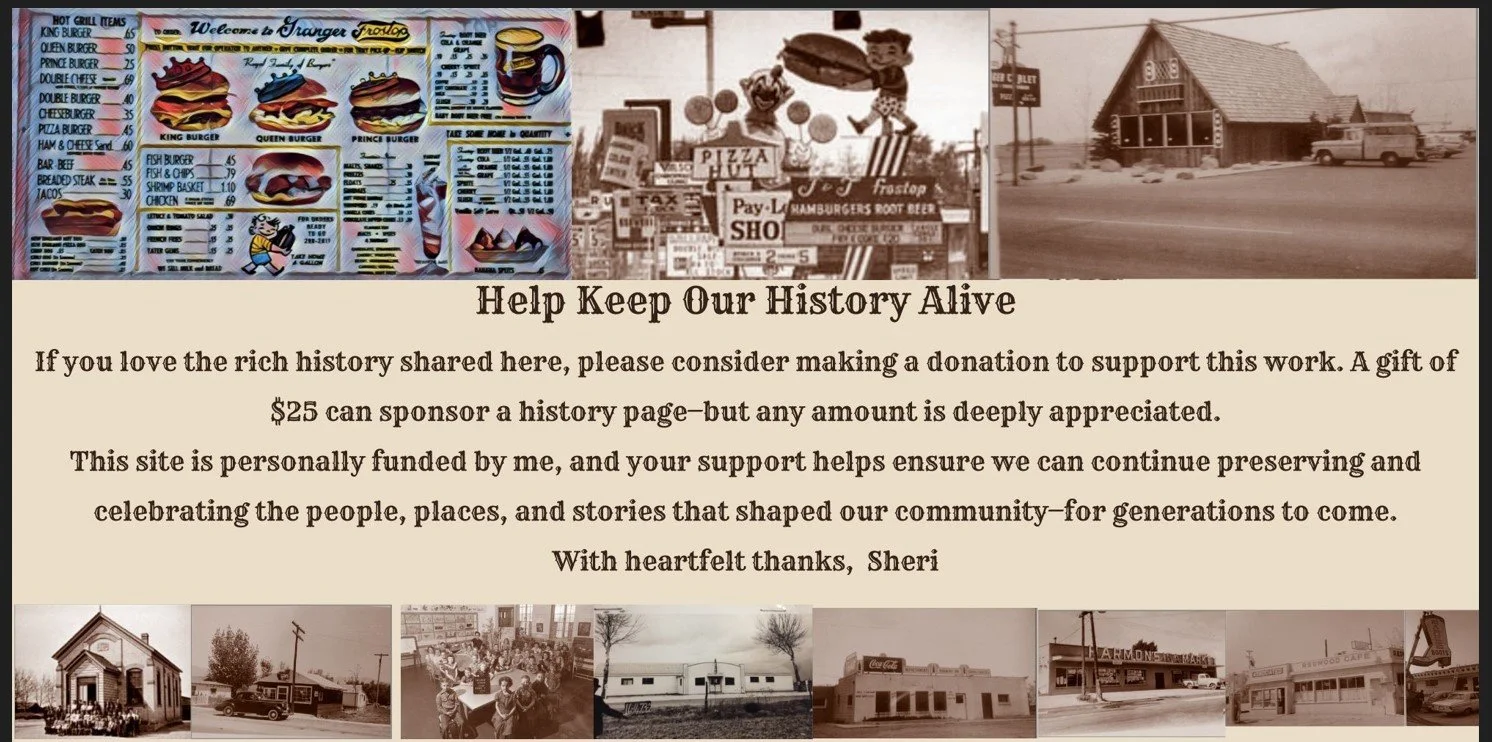Jacob Hunter (1846–1937): A Life Rooted in Work, Family, and the Land
Jacob Hunter (1846–1937): Pioneer Stockman, Builder, and Granger Settler
Jacob Hunter was born in England in 1846 and immigrated to the Utah Territory in 1848 with his family, faithful converts to the Church of Jesus Christ of Latter-day Saints. His father was a skilled finishing stone mason who contributed countless hours to the construction of the Salt Lake Temple. Young Jacob often accompanied him, gaining firsthand experience in stonework and construction.
As a boy, Jacob’s first job was herding milk cows for neighbors. By his early teens, he was herding dry cattle and beef stock across the open west of Salt Lake Valley. He matured quickly, taking on the responsibilities of manhood by age 15. He helped build a two-story stone home at 34 North 5th West in Salt Lake City, driving wagons loaded with stone and logs from the nearby mountains.
Jacob had a strong affinity for livestock from a young age. He saved what he could and gradually acquired a small herd of his own, ranging cattle westward and acting as a herdsman for others. His family owned fertile land near the Jordan River, where they kept milk cows. A small cheese plant was built on the property, and Jacob, alongside his sisters Margaret and Martha (Mattie Wolstenholme of Pleasant Green), produced cheese and butter to sell locally.
In 1866, Jacob answered the call to serve, driving a team back to Missouri to help emigrants make the journey to Utah.
He married Mary Shafer in 1868, and together they had ten children. As their family grew, so did Jacob’s sense of duty to provide and be close to his sons. In 1884, he sold three Salt Lake City homes and moved his family to Granger, where he purchased a 165-acre farm near 2700 West and 3500 South. With the help of his father, he constructed a sturdy stone home—its two-foot-thick walls.
Jacob expanded his cattle operations in Granger, ranging stock throughout the valley and adding horses to his herd. A natural provider and resourceful homesteader, Jacob taught his children the value of hard work. Each child had responsibilities, and the family always had what they needed, thanks to a strong ethic of labor and self-reliance.
He also took part in major community efforts. He hired neighbors to help dig deep drainage ditches through the farmland—critical work that made once-waterlogged land productive. Many of the ditches they built lasted for half a century. He hauled stone and hardwood from the mountains, built strong fences to keep roaming stock out, and constructed a rock smokehouse to cure meat for both his family and neighbors. The smokehouse, with thick stone walls and an earthen roof, stood for a long time .
Jacob served as a trustee of the 46th District School, helping ensure the education of his children and others in the community. During muddy spring months, he rode horseback—sometimes leading a second horse—to carry children to school along the swampy track of old 14th South.
He contributed teams and labor to build up the local roads, hauling gravel and fill dirt when his horses weren’t needed on the farm. He also helped dig and maintain canals that brought vital irrigation water from Utah Lake.
By the 1890s, Jacob had expanded into sheep ranching, purchasing land near Kamas, Utah, and for 20 years ran flocks in the Summit County highlands.
One of Jacob’s most meaningful relationships was with his neighbor Joseph Hill. The two shared farm equipment, coordinated planting and harvesting, and built a cooperative friendship that exemplified the pioneer spirit of community over competition. Though both were rugged and strong-willed men, their lifelong respect for each other stood as a model of brotherly cooperation.
When vegetables failed to thrive in the valley's alkali-rich soil, Jacob hauled rich earth from the mountains to create a productive garden near his home. He took pride in offering neighbors armloads of fresh produce. Currant bushes, fruit trees, flowers, and shrubs surrounded the home, transforming the hard land into a place of nourishment and beauty.
Tragedy struck in 1903 when Jacob’s wife, Mary, died following surgery, leaving him to raise three young sons alone. In 1915, Jacob remarried to Eliza Edmunds Jerome, a gentle and caring woman who brought comfort and stability to his later years.
In 1916, at the age of 70, Jacob was finally persuaded—reluctantly—to retire. He sold the Granger farm and moved into a home in the city, closing a chapter of pioneering life that had spanned decades. But his legacy lived on in the fertile land he reclaimed, the strong family he raised, and the community he helped build.
Jacob Hunter passed away in 1937 at the age of 91, a true pioneer whose life reflected the grit, generosity, and enduring spirit of Utah’s earliest settlers.
In the heart of early Granger, a beloved landmark rose on land generously sold to the community by Jacob Hunter—the Granger Wardhouse. Built on a portion of his family’s farm near 2700 West and 3500 South, the sturdy meetinghouse became the spiritual and social center of the area for generations. Jacob’s willingness to provide the land reflected his deep commitment to the well-being of his neighbors and to building a lasting community. The wardhouse hosted church meetings, weddings, funerals, socials, and celebrations—woven into the fabric of daily life. Its walls echoed with music, laughter, and faith, standing as a symbol of unity on land once plowed and cherished by one of Granger’s earliest settlers.




